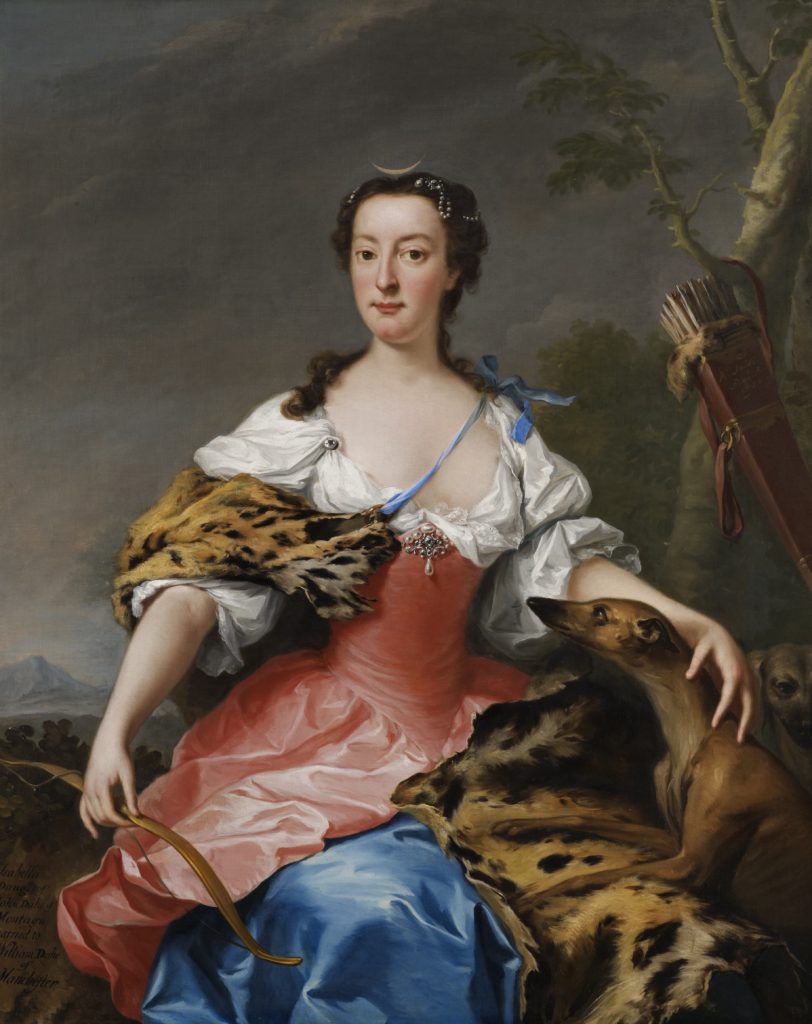The Foundling Museum presents a landmark exhibition resetting the Foundling Hospital’s 300-year story

This autumn, for the first time, visitors to the Foundling Museum will have an opportunity to discover portraits and stories of the remarkable women who supported the establishment and running of London’s Foundling Hospital. Marking 100 years of female suffrage, Ladies of Quality & Distinction resets the focus of the Hospital’s story, and radically re-hangs the Museum’s Picture Gallery.
Despite its male face, women permeate every aspect of the Hospital story; as mothers, supporters, wet nurses, staff, apprentice masters, artists, musicians, craftsmen and foundlings. Yet for almost 300 years, history has placed these women as a footnote in the story. The Museum is redressing this balance by bringing these overlooked stories to the fore.
Following a successful campaign via Art Happens, the Art Fund’s crowdfunding platform, the Museum brings together portraits of the ‘ladies of quality and distinction’ who signed Thomas Coram’s original petition to King George II in 1735, calling for the establishment of a Foundling Hospital. Working closely with eighteenth-century specialist Elizabeth Einberg, the Museum has identified portraits of these duchesses in public and private collections across the UK. Hung together for the first time, these paintings will temporarily replace the portraits of male governors that line the walls of the Museum’s Picture Gallery, reuniting the Ladies on the site of the charity they helped establish, and highlighting their role in shaping British society today.
Included are magnificent court portraits by leading eighteenth-century painters William Hogarth, Thomas Hudson and Godfrey Kneller. The majority of the portraits are in private collections, having remained within the family or ancestral home. Some paintings have not been on public display for many years.

Downstairs in the Museum’s exhibition gallery, the lives of the women who supported the day-to-day running of the institution will be brought to life. Women worked in many different roles at the Hospital, from laundresses and scullery maids, to cooks and matrons. Beyond its walls the organisation was supported by a small army of wet nurses who fostered the children in their infancy, as well as inspectors who supervised them. It was not until the twentieth century that the first woman was appointed Governor. Nevertheless, many female supporters of similar social class to the Hospital Governors gave valued advice, particularly around the proper care of infants, girls and female staff.




